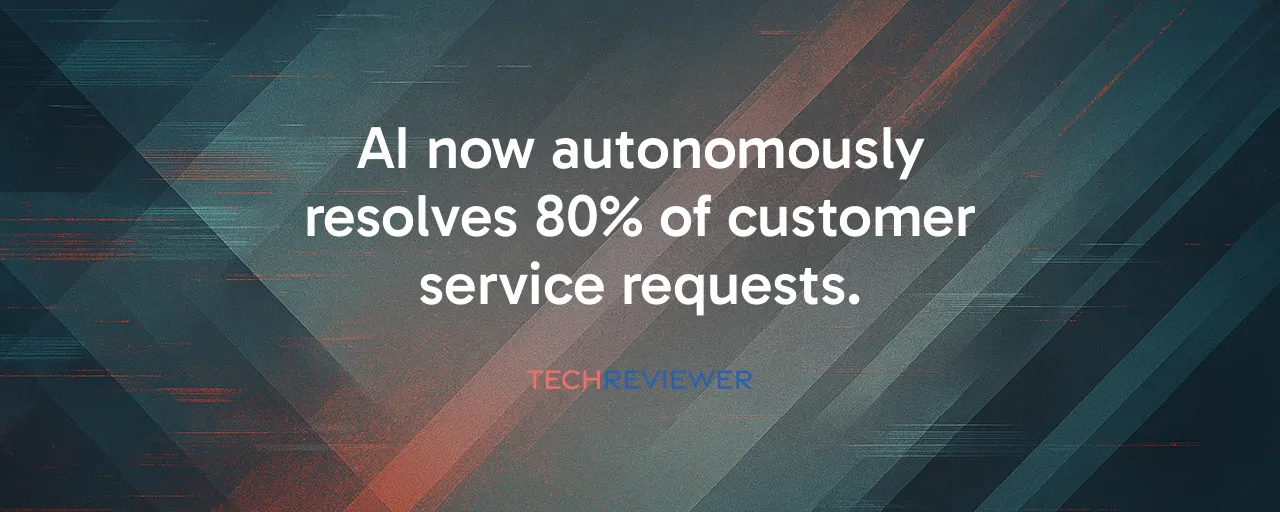A New Era for Customer Support
Zendesk's latest move caught everyone's attention at its October 2025 AI Summit. The company unveiled a suite of AI-driven tools designed to handle 80 percent of customer service requests without a human lifting a finger. These autonomous agents, powered by advanced language models like GPT-5, tackle everything from processing returns to answering queries, marking a bold step toward automation. But this shift fundamentally changes how companies deliver support and how people, both customers and workers, fit into the equation.
The shift comes at a time when support volumes are projected to surge five-fold in the coming years. Businesses face mounting pressure to cut costs while keeping customers happy. Zendesk's answer? A lineup of AI agents, including a core autonomous system, a copilot for human technicians, a voice-based agent, and an analytics tool built on its recent HyperArc acquisition. Early tests with customers show promise, resolving issues faster than traditional methods. Yet, the move raises questions about what happens when machines take the lead.
Lessons From the Field
Zendesk's journey to this point offers a case study in strategic pivoting. After a messy investor battle in 2022, the company doubled down on AI, acquiring Klaus in January 2024 for quality management and Ultimate in March 2024 for automation expertise. These acquisitions gave Zendesk the tools to build agents that don't just follow scripts but reason through complex tasks. For example, Ultimate's technology already automated 80 percent of support requests for its clients, a capability Zendesk now scales across its platform.
Compare that to Intercom, a rival in the customer service space. Its Fin AI Agent, particularly the upgraded Fin 2, claims up to 86 percent resolution rates after optimization. Unlike Zendesk's broad suite, Intercom focuses on a single, highly accurate agent integrated with its platform. Both companies show how AI can slash response times, with Zendesk achieving 30 percent reductions and Intercom reporting similar improvements. Their approaches differ: Zendesk builds a comprehensive ecosystem; Intercom hones a laser-focused solution. The lesson? Flexibility in AI deployment matters as much as raw performance.
Balancing Speed With Human Connection
For customers, AI agents bring clear wins. They get answers instantly, 24/7, in their native language, without waiting on hold. Routine tasks like tracking orders or resetting passwords are now a breeze, with studies showing first-contact resolution rates climbing significantly. Zendesk's voice agent, for instance, processes speech and text together, cutting out the clunky menus of old phone systems. But there's a catch. About 55 percent of customers feel frustrated when AI misreads complex requests, and 47 percent struggle to get accurate answers for nuanced issues.
Older users, especially those over 55, show just 8 percent trust in AI systems. They often crave the empathy a human agent provides, especially when dealing with problems that hit hard, like billing disputes. This gap highlights a broader challenge: while AI excels at routine tasks, it can't replicate the emotional intelligence humans bring to sensitive situations. Companies adopting these tools need to ensure human agents remain accessible for those edge cases where understanding matters most.
The Human Cost of Automation
Customer service agents face the biggest shake-up. Senate reports suggest 83 percent of their roles could vanish within a decade as AI takes over routine work. Those who remain will shift to handling complex cases or providing the human touch AI lacks. This transition redefines what it means to work in support. Agents now use tools like Zendesk's copilot, which boosts productivity by 10 percent by suggesting responses and pulling relevant data in real time. But the transition isn't easy.
Workers fear deskilling as their tasks narrow, and entry-level roles that once led to management are disappearing. The stress of being monitored by AI quality tools adds another layer of pressure. Zendesk's acquisitions, like Klaus, aim to ease this by assessing both human and AI performance, but the human cost remains real. Companies need to invest in retraining to help workers adapt, or risk alienating a workforce caught in automation's crosshairs.
Navigating the Road Ahead
The race to automate extends beyond Zendesk to the entire industry. Salesforce, Freshdesk, and HubSpot are all rolling out AI tools, while startups like Sierra build agents from scratch. The market's heating up, with 43 percent of contact centers already using AI and 63 percent of companies planning to invest more by 2028. But challenges loom. Privacy concerns, integration headaches, and the risk of AI giving wrong answers demand careful oversight.
Zendesk's edge lies in its acquisitions and the Model Context Protocol, which lets agents tap real-time data across systems. Yet, competitors like Intercom's resolution-based pricing at 99 cents per issue show the market's shifting toward outcome-driven models. For businesses, the payoff includes 30 percent cost reductions and lower per-call expenses. But they'll need to balance efficiency with customer trust and worker wellbeing to make this shift sustainable.
